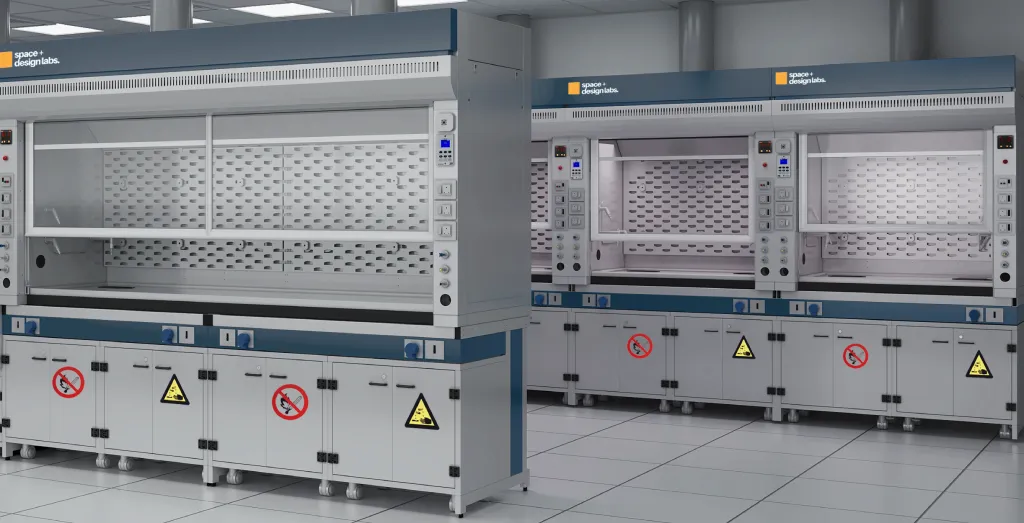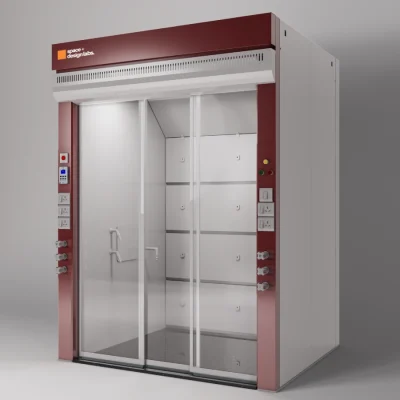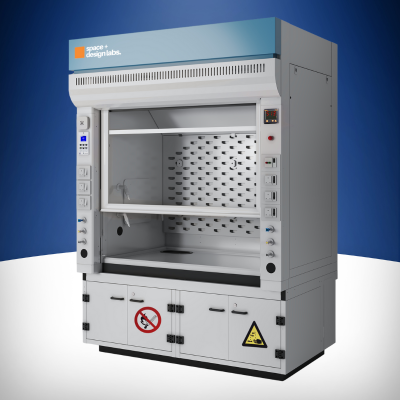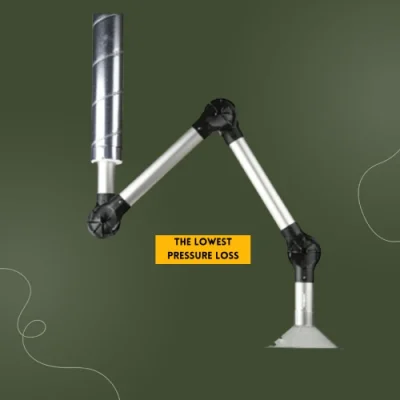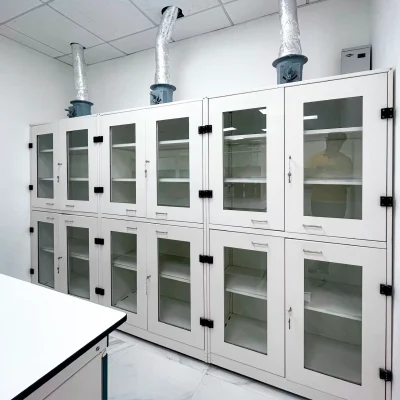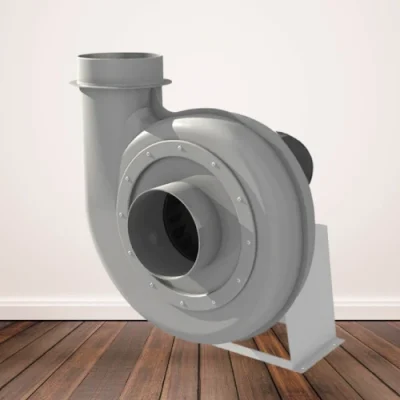Fume Hoods & Ductables
Fume hoods and ductable systems play a critical role in laboratories and industrial environments by safely managing hazardous fumes, vapors, and gases. Fume hoods utilize controlled airflow to extract harmful substances from the workspace, safeguarding personnel and preserving indoor air quality. Ductables further enhance safety by channeling these emissions through a ventilation network for external expulsion or treatment. They are indispensable for regulatory compliance and maintaining a safe workplace environment, reducing potential exposure to toxic chemicals. Rigorous maintenance and adherence to safety standards are imperative to optimize the efficacy of fume hoods and ductables in mitigating risks associated with hazardous materials.
Fume hoods manufacturer from SpaceDesignLabs go through rigorous certification against ASHRAE 110 benchmarks, and also receive third-party certification. They also conform to CEFA-1 standards. Additionally, the performance of these smoke hoods can be carefully tested in SpaceDesignLabs’ state-of-the-art in-house facility dedicated to smoke hood testing.
Fume Hoods – WALK-IN (FLOOR MOUNTED)
Fume Hoods – Distillation
Distillation fume hoods, purposefully designed for use with tall distillation apparatus, are tailored for procedures of low to high toxic materials
Local Spot Extractor
Ventilated Metal Storages
Storage solution designed to provide both secure containment and proper ventilation for items emitting fumes and odour

